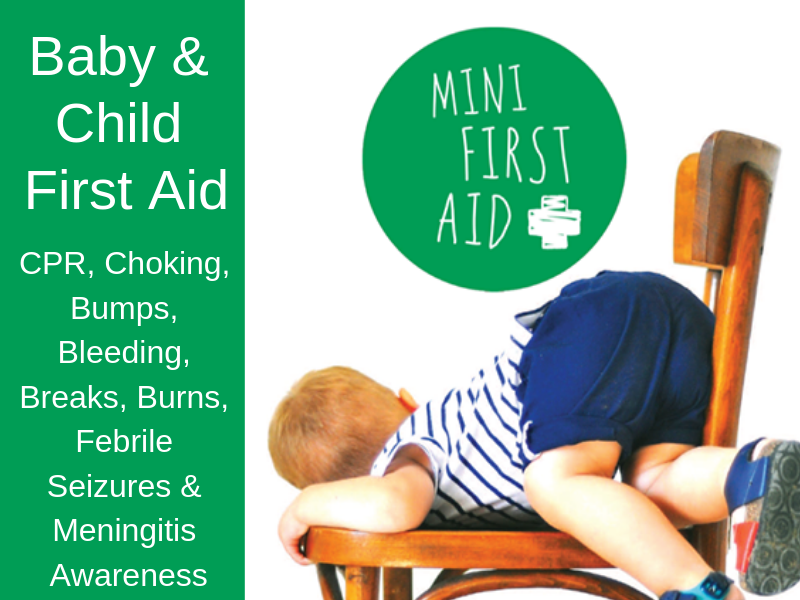Choosing A Pram
Choosing the right pram may feel daunting and confusing, especially if you are expecting your first baby. Ultimately, your choice of pram will be one that you like the look of, and this is very easy with the huge choice of brands and styles available on the market. However, below are some of the key considerations to bear in mind when choosing the right pram for you and your baby:
What type of prams are out there on the market?
- 3 in 1 pram systems are made up of a carrycot, pushchair and car seat. Whilst they tend to be bulky, some people prefer their traditional ‘pram style’ look.
- More modern 3 in 1 combination pram systems allow you to remove the pushchair seat unit, leaving a chassis that you can convert into a pram with a carrycot, or travel system with a car seat.
- 2 in 1 pram systems are suitable from birth and more compact in design. The pram body lies flat from birth and then converts into a stroller. Again, most of these can be converted into a travel system by adding the car seat onto the chassis.
- Strollers / pushchairs are smaller and lighter weight, with some being suitable from birth, others from 3-6months. The vast majority are forward facing only.
Do I need a carrycot?
- Carrycot options on pram chassis are becoming more popular as parents are encouraged to lie their babies flat
- Some pram seat units are only suitable from 6 months, and therefore you will need a carrycot if using from birth
- Carrycots are more popular for winter babies as they offer more protection when ‘out and about’.
- You will need to check if your chosen carrycot allows for overnight sleeping, your retailer will be able to advise this.
I would like a travel system, which one is best?
- Adding a car seat onto your chassis is convenient when transporting your sleeping baby. Make sure that you choose one that is compatible
- Remember: the best choice in car seat is the one that has the best fit within your car
- It is recommended only to place your baby in infant car seats for periods of up to one and half hours at a time.
- Check how individual prams convert into travel systems – some may become heavy with the addition of the car seat
- Do you need to purchase separate adapters in order to attach the car seat onto the chassis?
3 or 4 wheels, which are better?
Above all this is personal preference! Some brands offer a 3 or 4 wheel option on their prams.
A lot of 3 wheelers have larger wheels and air tyres which, while you run the risk of punctures, they are more suitable for rough terrain
What other things do I need to consider?
- Does the pram have adjustable handle height?
- Current research suggests that having your baby facing you in the pram for as long as possible is good for their interaction / development. If this is important to you, you will need to check that your chosen pram has a reversible seat unit.
- Check the weight – especially if you need to lift the pram in and out of the boot of the car.
- Consider the boot space in your car! How small does the pram fold up, and how easy is it to fold?
- Does the pram have fixed or swivel wheels? – swivel wheels are easier to manoeuvre.
- Check the shopping basket space – is this going to be large enough or easy enough to reach for you?
- If you use public transport frequently, some prams have single handed folding mechanisms for easy collapse when getting on and off buses / trains.
- Check that your chosen pram complies with relevant British Safety Standards. Older second hand models may not meet with these requirements, and remember that buying second hand cancels any warranty period that the pram may have left.
- If you want the pram to last more than one child – some prams can be converted into a double pram to carry a newborn and toddler.
- When looking at the package price, check what is included. Some packages do not include raincovers, footmuffs etc, which can be costly extras if they need to be purchased separately.






